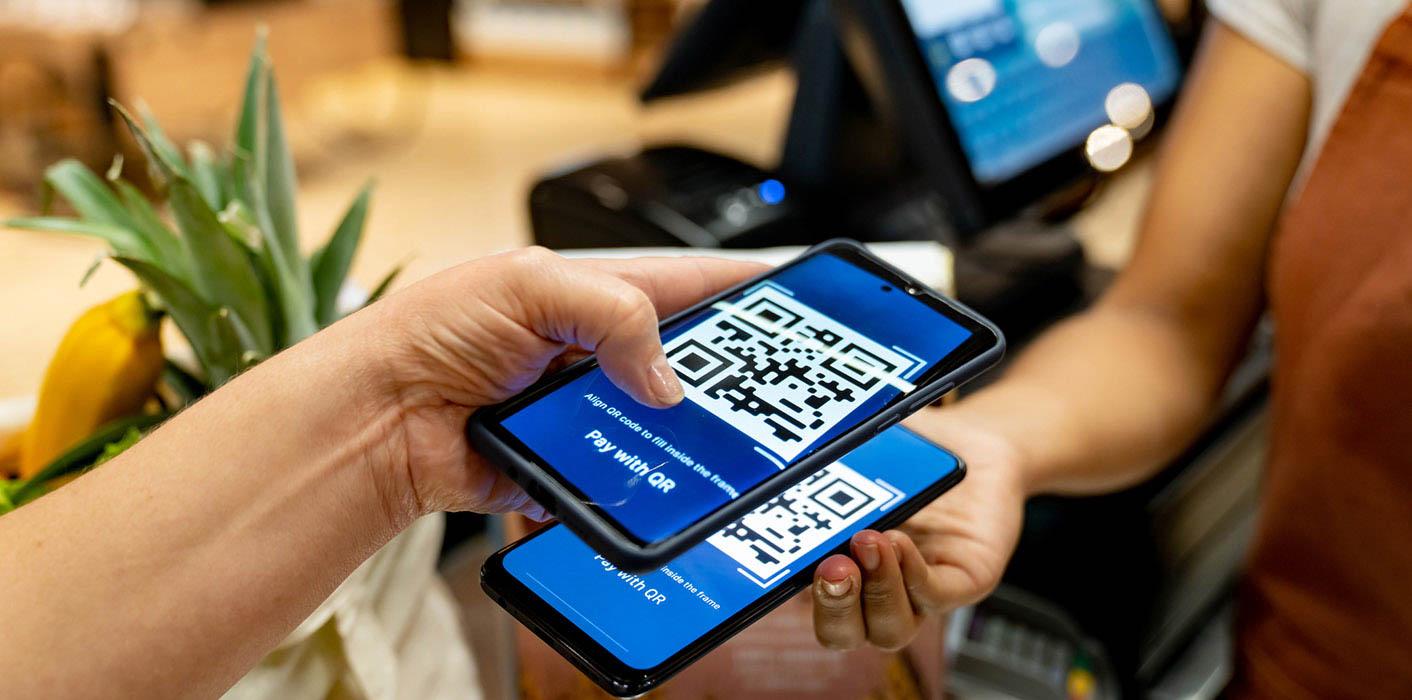
Payment technology trends to watch in 2025
Find out how these trends will impact consumers and businesses.
The basic principle of payments technology is quite simple. It is the mechanism by which money is transferred from a customer to a business. Most transactions are now digital, hence the importance of payments technology.
Staying informed about payments technology trends is vital, especially as the industry continues to rapidly evolve. Each new development offers benefits for businesses and customers. The future of payments promises increased convenience and security for both parties. And when that happens, customer satisfaction improves.
Here are the payment technology trends to follow next year.
The popularity of contactless and mobile payments
Post-pandemic, contactless and mobile payments have accelerated. With digital wallets like Apple Pay and Google Pay, payments have extended the simplicity of contactless cards, using the same Near Field Communications (NFC) technology. Customers can pay for goods and services by tapping their smartphones on the payment card reader. The process is fast and convenient, allowing customers to leave their physical cards safely at home. You can read more about contactless payments in the article Top 4 benefits of NFC technology.
Mobile payments have one significant advantage over cards – the transaction is verified with biometric security. If the biometric scan fails, the transaction is refused. This protects customers and retailers against fraud using stolen phones.
Predicting mobile payment future trends is difficult. But given customer adoption rates, expect to see new enhancements appearing regularly.
Buy now, pay later (BNPL) solutions
Buy now, pay later services work by offering alternative options at checkout, such as delaying payment for 30 days, or splitting a larger bill into smaller, interest-free payments.
However, BNPL services remain unregulated and there are concerns they could be facilitating consumer debt. For example, the Guardian cites research by the Financial Conduct Authority (FCA) that frequent BNPL users were over four times more likely to miss a payment than other consumers.
Popularity with consumers is undimmed and retailers are under pressure to join in – or miss out. Consumers increasingly expect to see BNPL offered at the checkout with one report suggesting that 54% of millennials and 50% of Gen Z have used BNPL services.
Ready to learn more? Check out our article Is Buy Now, Pay Later right for your business?
Open Banking and API integration
API integration allows users to view their various bank accounts, loans and credit cards, regardless of provider, in a single mobile app. Value-add services can provide additional budget insights, analysing every transaction to help customers understand where their money is being spent. They can pay for goods and services, or even their tax bills, using Open Banking.
Payments through Open Banking providers work in a similar way to online bank transfers, but simplified app interfaces make the process easier and more intuitive. Many of the key payment details can be pre-populated, reducing the risk of mistakes too.
As the world becomes increasingly mobile-first, open banking systems will become more important, especially as regulators insist more financial service providers add the functionality to customer accounts.
Green payments and sustainability
Sustainability continues to climb the list of corporate priorities. Decarbonisation is a one of the key goals of Corporate Social Responsibility (CSR) efforts – and even payments produce emissions.
'Green payments' describes efforts to help reduce the environmental impact of financial transactions. Switching to cashless payments is the first step towards decarbonisation. However, cashless payments still have an environmental impact, from the materials used in card payment terminals to the carbon emissions created by back-end data centres.
Green payments require an industry-wide effort, to identify and implement new technologies that reduce power consumption or are powered by sustainable sources. This transition will be a key payments technology trend into the next year and beyond.
Central bank digital currencies (CBDCs)
Bitcoin and Ethereum are the best-known cryptocurrencies, but central banks are also preparing their own digital currencies. Central Bank Digital Currencies (CBDCs) operate exactly like any fiat currency in that their supply and issue is controlled by a central bank. Customers can store these currencies in a secure digital wallet, spending them in-store and online. The process feels no different to current cashless transactions: a purchase is made, and the funds are transferred digitally from buyer to seller.
CBDCs are still in testing but The Bank of England has already begun work on developing a digital pound. The digital pound is expected to be available this decade.
As an all-new technology, businesses will have to change existing processes and systems to accommodate CBDCs. This future development will have major implications for any retailer.
The future of payments
The future of payments is always hard to predict, especially as technology continues to evolve at such a rapid pace. Change will also be driven by regulators and customer preferences.
The European Union is preparing new regulations: PSD3 and PSR. These regulations will accelerate adoption and use of Open Banking. They will also regulate CBDCs and cryptocurrencies, potentially even introducing payments by QR code. Regulatory changes matter because they will affect payment technologies beyond EU borders too.
Gen Z will also reshape the payments landscape. Their preference for BNPL and digital transactions forces retailers to reevaluate checkout options. Similarly, we are likely to see an increase in the use of peer-to-peer payment apps and digital wallets. Gen Z’s appetite for digital-first will make them enthusiastic adopters of CBDCs.
Conclusion
Staying informed about payment technology trends is vital to remaining competitive and secure – and to giving your customers the payment experience they want. Although some of the trends we have described in this article may appear optional, consumer and regulatory demand will have the final say.
During 2025 we will undoubtedly see developments in the following payments technology trends:
- Advances and enhancements to contactless, NFC payments, closely linked to Open Banking. This will see more banks and financial services providers opening APIs to third parties, allowing consumers to control more of their finances from fewer apps – including smartphone wallets.
- Further decarbonisation of the financial services industry, with advances in “green payments”. These evolutions are unlikely to affect shoppers or businesses directly, but they will help towards achieving sustainability goals.
- CBDCs will gain traction as central banks get to grips with the technology. We may see small proof-of-concept pilot schemes beginning soon.
Preparing for the future means monitoring consumer behaviour changes and new technologies. Businesses should re-evaluate their payment offerings immediately, choosing platforms that can be reconfigured quickly and easily to keep pace with an ever-changing landscape. Doing so will be critical to improving customer experience and security, protecting your business in the process.
You can start familiarising yourself with new payment technology trends right now. Discover data that drives performance using Worldpay solutions today.
Related Insights


